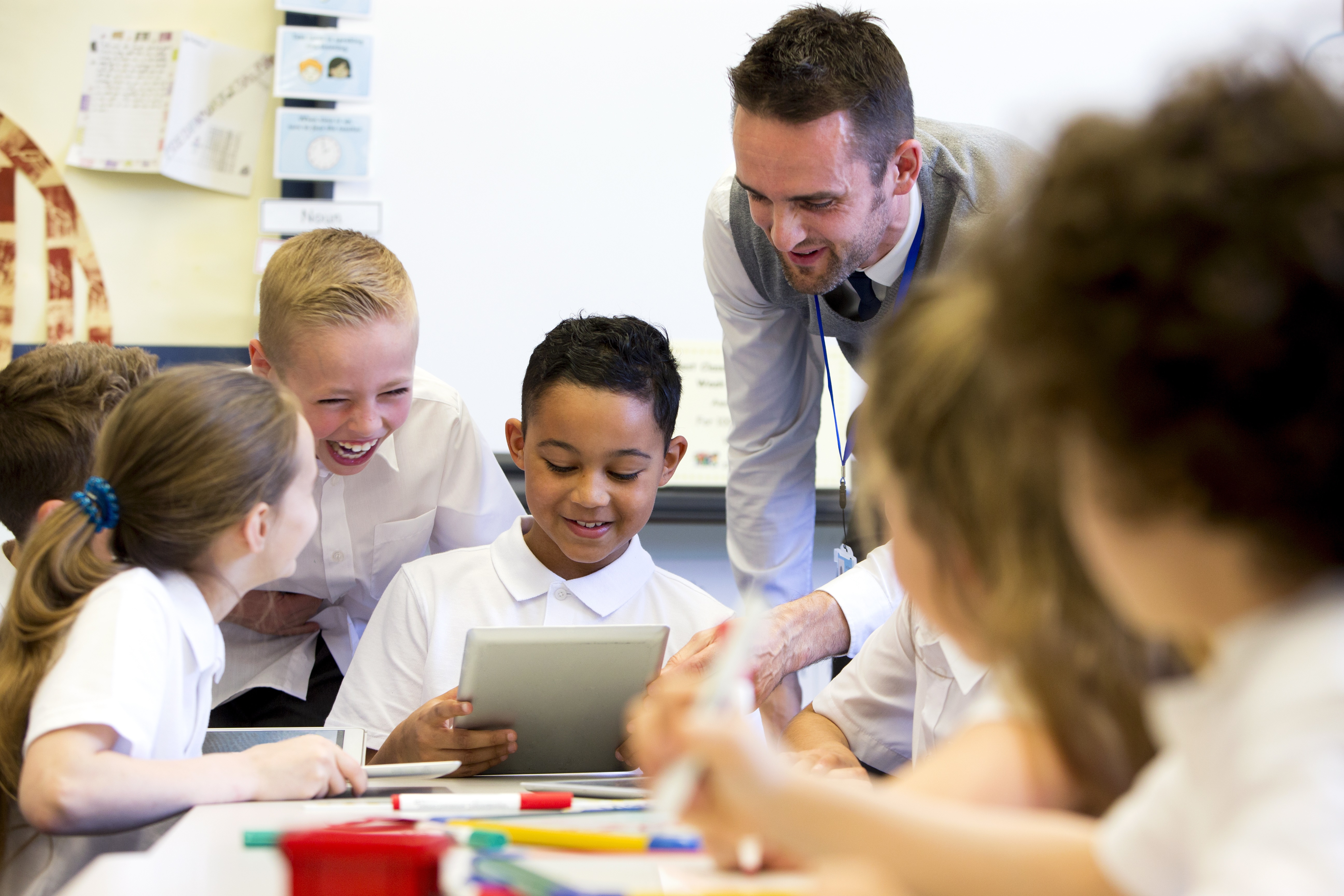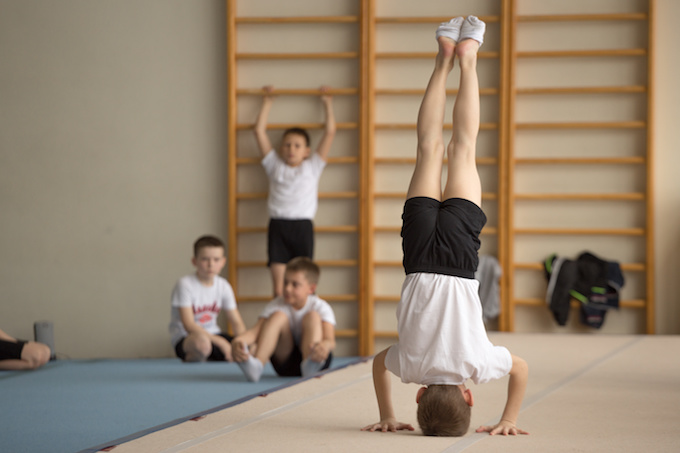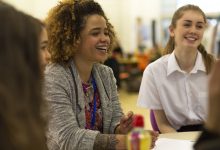
Earlier this year, a top performing NSW school, Sydney Grammar School, banned laptops in the classroom. Principal John Vallance views the technology as distracting, and diverting from old-school methods and quality teaching. In the age of digital connectivity, this is a bold move. While there are always two sides to every argument, it’s important to be clear on the purpose and relevance of technology in education.
When we refer to technology in the classroom, it is not limited to laptops. It can be any tool that promotes collaboration and learning – be it a tablet device, video conferencing, the latest app or digital white-boarding. These tools and applications may have once (and perhaps still!) been considered distractions in the traditional sense. However, with access to technology in today’s classrooms being the norm, rather than the exception, technology is usually viewed as a valuable learning tool. Should we go back to basics?
From my perspective, to make best use of technology in a 21st century learning environment, it’s important to determine its role within the classroom. In pursuit of further intelligence, I asked one of our customers the following questions. Carolyn Alexander-Bennett, E-Principal at FarNet in New Zealand and Chairperson of the Virtual Learning Network Community (VLNC) Council.

1. What is your view on this school’s approach of ‘going back to basics’?
For small rural schools in our online community, to take this approach would be institutional suicide, as senior students would have to leave their school and community to attend larger schools. Instead, we are harnessing technology to provide students living in rural areas with access to teachers and learning experiences not currently available to them in their own schools. Today, for many students and teachers, being able to use laptops at school is as commonplace as using digital whiteboards. Both are every day essentials that help educators and students get the job done.
It’s fair to say that in today’s digitally connected world, schools could not run their administration departments without the use of technology. If you apply this same principle to the classroom, it would be reasonable to suggest that our student’s will not be adequately prepared for their future work lives if there is no access to technology in the learning environment. I do believe that we can have an overuse of technology, and sometimes an abuse of technology. It is about being mindful of this and finding balance, or we do our current learners a disservice. We need to continue to think about the pedagogy underpinning the use of technology, rather than the other way around.
2. What advice do you have for teachers on ensuring that technology supports rather than distracts?
Be mindful of what they are using, why they are using it and what they hope to achieve, or where they hope to add value to the learners. We teach students how to cross roads safely, why not teach them how to cross online roads safely? For me, it’s a bit like learning to read versus reading to learn. Once students and teachers understand the fundamentals of how to use their technology effectively, the learning is no longer focused on the technology itself. Instead the focus is on gaining a deeper understanding of the subject matter and the technology is merely the facilitator. If technology is not enhancing that learning experience, then simply don’t use it, but don’t ban it. If the technology is causing disruption in classrooms, encourage student voice in the decisions around fixing the problem, rather than making one blanket decision that affects all.
3. What do you believe should be driving the use of technology in classrooms of today and tomorrow?
Pedagogy should be driving the use of technology, and not the other way around. The importance of pedagogy has never changed, and it should underpin all that we do. From research amassed on the importance of building relationships, we know what a huge impact on student learning this can have. Supporting the positive relationships between students, and between students and their teacher, and between the teacher and family develops a sense of belonging and wellbeing, which will improve learning outcomes. For our online students, the relationships are built purely through the use of collaboration technology.
4. Governments across Australia and New Zealand continue to invest in technologies to create 21st Century learning environment to equip students with skills that befit the workplaces of their future. Do you think this is the right approach?
I think the best approach for a Government is one where schools can choose the technologies that best suit their needs. Through an operating grant model, they are able to purchase apprpriate technology instead of rolling out technology to all schools in a less targeted approach. Schools need to think about the pedagogy and what they want to achieve and find the right technology to achieve this.
Bring Your Own Balance (BYOB)
As highlighted by Carolyn Alexander-Bennett. there is a role for everyone, student, teacher, family and even government. For me, it’s about getting the balance right. In a modern learning environment where we are actively encouraging skills like critical thinking and problem solving, involving students in a collaborative process makes sense. Teachers and lecturers can also work out ways to better integrate technology into the learning process, and parents can get involved by monitoring school-related app and device usage at home.
Technology as a whole; laptops and devices, collaboration tools and learning applications, should be assessed as tools. They are enablers that help promote and improve learning, keeping the students of today more engaged. Having a thorough strategy to plan, assess and manage these technologies, based on current and future needs, is the best way to ensure a balance of technology immersion and the right learning outcomes.







